Reader's Workshop Lessons
Each September, teachers in grades 1-5 spend a number of weeks launching Readers' Workshop. Kindergarten launches their Readers' Workshop each January. Focus lessons during this unit of study will familiarize students with the routines, behaviors, and habits of mind that will promote successful independent reading throughout the year.
Sample launch lessons are provided below. Modify these lessons as necessary to match your particular grade level and the needs of your students. Review launch lessons throughout the year to remind students of behaviors and routines.
Retelling helps you understand a story.
Good readers know how stories are put together.
Good readers keep track of story order.
Good readers keep a record of story order.
Good readers can record their retelling.
Good readers sequence events in order.
Good readers talk about books.
Retelling anchor chart
Monitor for Meaning
Good Readers Ask 3 Questions (part 2)
Good Readers Listen to Themselves
Good Readers Notice When it Doesn't Make Sense
Good Readers Use Sounds and Chunks
Good readers use sensory imaging to help them understand.
Good readers create detailed sensory images
Creating sensory images with Native American poetry
_______________________________________________________________
Making Connections Focus Lessons
Readers Make Meaningful Connections
Readers Make Varied Connections
Readers Recognize Distracting Connections
Readers Merge Their Thinking with New Learning
Readers Connect the New to the Known

 Submit your tip here
Submit your tip here